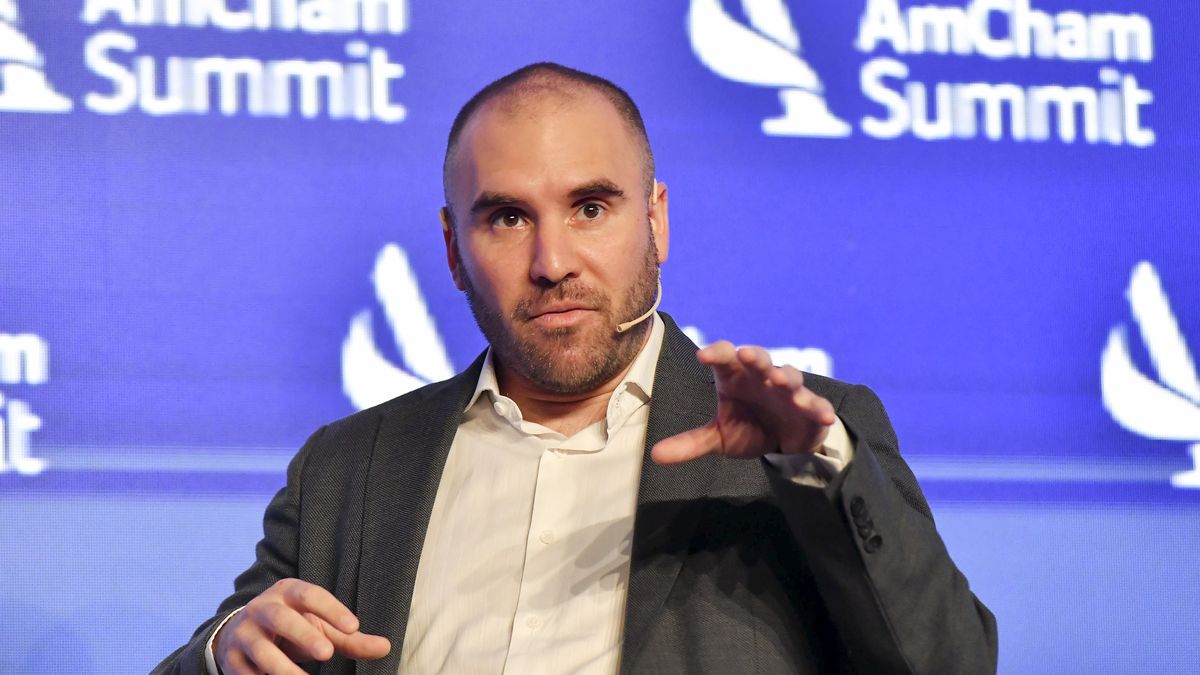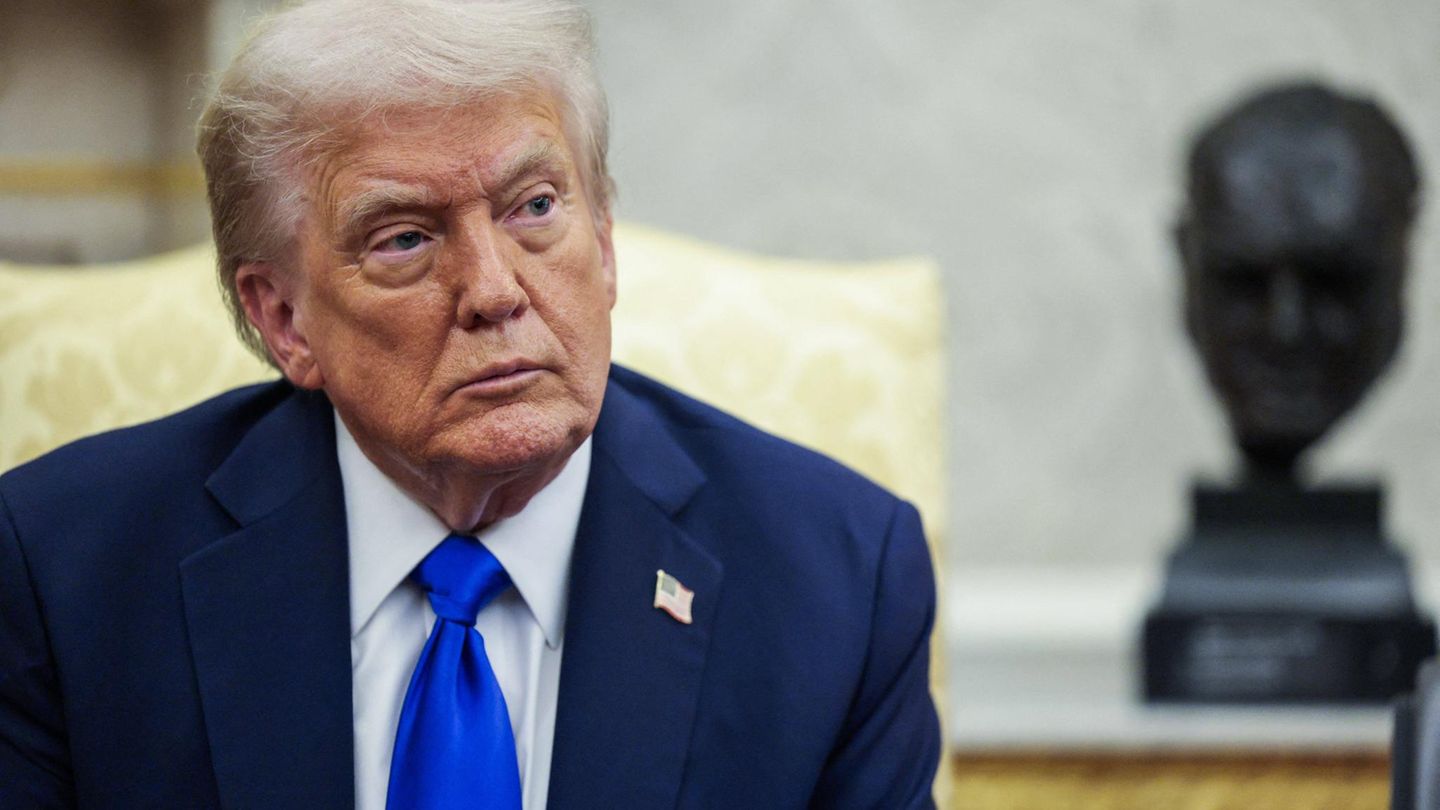According to a statement from the Palacio de Hacienda, the Government summoned investors to “holders of LEDES due June 30, 2022 (S30J2) and LECER due June 30, 2022 (X30J2) to participate in a conversion operation of your Eligible Title.
Is about bonds that together imply a commitment in local currency for some $522,000 million and the call occurs after Guzmán raised during the weekend in journalistic declarations that there are no problems to fulfill the commitments.
“Whoever says that in Argentina the public debt in pesos is unsustainable has no idea what he is talking about and would not pass a basic exam in college,” argued the head of the Ministry of Economy.
However, the different operators and institutional investors have serious doubts about the fulfillment of the State’s commitments, which was manifested between June 8 and 9, when there was a trend of selling the Common Investment Funds (FCI).
The swap seeks to postpone the next expiration between August and November of this year. To all this, the data of the fiscal deficit of May do not help to generate the necessary confidence. The $191 billion red in public accounts contrasts with the surplus of $25 billion last year.
The loss in May explains 40% of the total accumulated so far this year and was the highest monthly figure by far. If compared to April, the primary fiscal deficit grew by 130%, a sign that does not generate confidence among investors who have to finance the State.
Likewise, Martín Guzmán will receive representatives of the country’s main banks this week in order to convey peace of mind about the debt bonds.
Guzmán will today receive representatives from the Association of Argentine Banks (ADEBA) and tomorrow it will be the turn of the Association of Foreign Banks (ABA).
The talks were scheduled last week with the aim of trying to reassure the markets, after the collapse of bonds in pesos, the rise in Country Risk to 2,200 basis points and the rise in the dollar of more than 10% in 10 days.
The meeting with the banks is something habitual, the dialogue is permanent, they said from the Ministry of Economy, but this week’s meetings will be colored by the particularity that the markets are beginning to distrust the sustainability of the debt.
Martín Guzmán will seek to clarify the doubts of the bankers and finish defining the next tools to order the turbulence unleashed last June 8, when the CER bonds fell 12% due to the sales ordered from the Carlos Pellegrini fund, of Banco Nación.
The official reading is that there was a “dissociated” behavior of the prices of assets in pesos, which required a series of “stabilization” measures, led by purchases by the Central Bank.
The combo included the purchase of Treasury bonds, the rise in rates and the acceleration of the dollar by the Central Bank, together with signals from the Minister of Economy such as the formalization of the removal of energy subsidies and a budget with a growth of spending 51% below the level of projected inflation, up to 62%. A reaction that was required by the IMF, but that was seen as late in the market.
One of the challenges will be to restore confidence in Treasury debt instruments. On some 11.2 trillion of debt in pesos (14.5% of GDP), the private sector led by banks, insurance companies and investment funds accounts for almost half of the stock, the bulk in inflation-adjusted bonds (CER) .
Martín Guzmán’s doubt is whether they will continue to renew after the departure of $ 240,000 million to face June maturities.
In the banks they believe that the run triggered by the Pellegrini Fund was a “technical error”, but that, although there are still tensions, the market “is calming down”.
Since that “black” Wednesday, the BCRA issued nearly $400,000 million in purchases of CER titles and Treasury bills (Letes) to sustain their value, an operation that was decreasing and that will be repeated on Tuesday and Wednesday.
The Central Bank also had to authorize the largest rate hike to date. The Leliq at 28 days went from 49 to 52% and fixed terms from 48% to 53% annual nominal.
Source: Ambito
David William is a talented author who has made a name for himself in the world of writing. He is a professional author who writes on a wide range of topics, from general interest to opinion news. David is currently working as a writer at 24 hours worlds where he brings his unique perspective and in-depth research to his articles, making them both informative and engaging.




